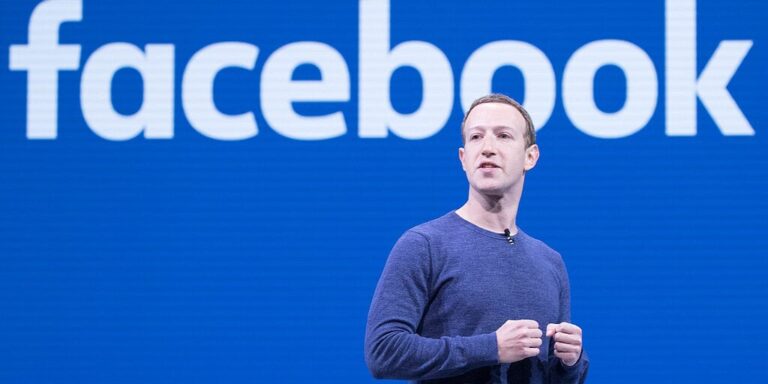Facebook’s parent company Meta announced on Tuesday the release of its latest AI model, Llama 3.1, which it says is the company’s most powerful generative AI product to date. This follows the release of Llama 3 in April. The company called it “the next generation of state-of-the-art open source large-scale language models.”
Meta claims that the new AI model, also known as Llama 3.1 405B, is the world’s largest and most capable foundational model currently publicly available, and can compete with other state-of-the-art models such as those built by OpenAI and Google.
“Llama 3.1 405B is our first publicly available model that rivals leading AI models in terms of state-of-the-art capabilities in general knowledge, maneuverability, mathematics, tool use, and multilingual translation,” Meta said in a blog post. “With the release of the 405B model, we are poised to accelerate our innovation and embrace unprecedented opportunities for growth and exploration.”
The launch of Llama 3 and the company’s broader move into generative AI has seen the product integrated into much of Meta’s product line, including Instagram, Messenger, and WhatsApp.
But Meta CEO Mark Zuckerberg said it’s important not just to bring generative AI to the masses, but also to make the AI available to all as an open-source tool.
“Open source makes the benefits and opportunities of AI accessible to more people around the world,” Zuckerberg said in the post. “Power is not concentrated in the hands of a few companies, and the technology can be deployed more evenly and safely across society.”
Meta’s push for the development of open-source AI models has encouraged other AI developers, including decentralized AI company Venice AI, Brave Browser developer Brave, and Perplexity AI, to add Llama 3 to their platforms.
“Meta deserves a lot of credit for essentially spending hundreds of millions of dollars to train a state-of-the-art model and then releasing it to the world for free,” Venice AI founder Erik Voorhees said in a Twitter Space in May.
In providing more functionality, Meta says the biggest challenges it faced in developing Llama 3.1 405B were increasing the overall size of the model, supporting a larger context window of 128,000 tokens, and providing multilingual support. According to the company, Meta AI can now respond in French, German, Hindi, Italian, Portuguese and Spanish.
Regarding the ongoing debate about AI safety, Zuckerberg argued that AI should be built to avoid any kind of harm.
“Unintended harm is when an AI system can cause harm contrary to the intent of those using it,” Zuckerberg said. “Intentional harm is when bad actors use an AI model with the intent to cause harm.”
In the case of intentional misuse, major AI developers such as Meta, Anthropic, OpenAI, Google, and Microsoft have placed restrictions on election-related prompts to curb the spread of misinformation using their models.
Zuckerberg noted that unintended harm accounts for most of people’s concerns about artificial intelligence, and said transparency in open source software can also help alleviate those concerns. The LlamaGuard 3 release includes a tool designed to monitor and enforce ethical use of models.
“Historically, open source software has been more secure for this reason,” Zuckerberg said. “Similarly, using Llama with safety systems like Llama Guard could make it safer and more secure than a closed model.”
Zuckerberg also said that he believes the release of Llama 3.1 will mark a turning point for the AI industry.
“At the end of the day, open source AI represents the world’s best chance to leverage this technology to create the greatest economic opportunity and security for all,” Zuckerberg said.
Mehta did not immediately respond to a request for comment. Decryption.
Editor: Ryan Ozawa.
Generally highly intelligent Newsletter
A weekly AI journey narrated by generative AI model Gen.


